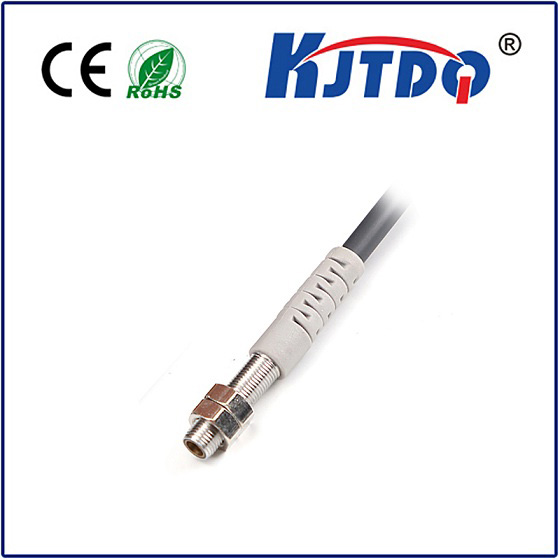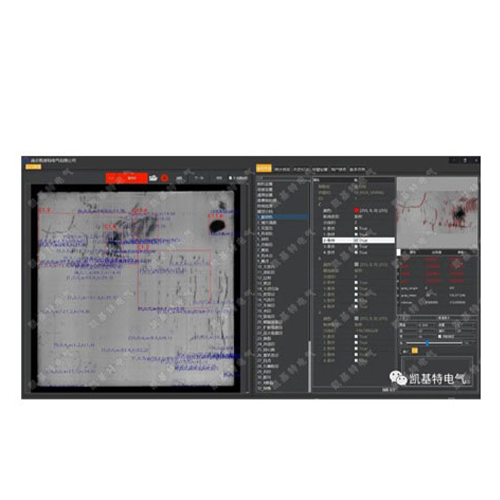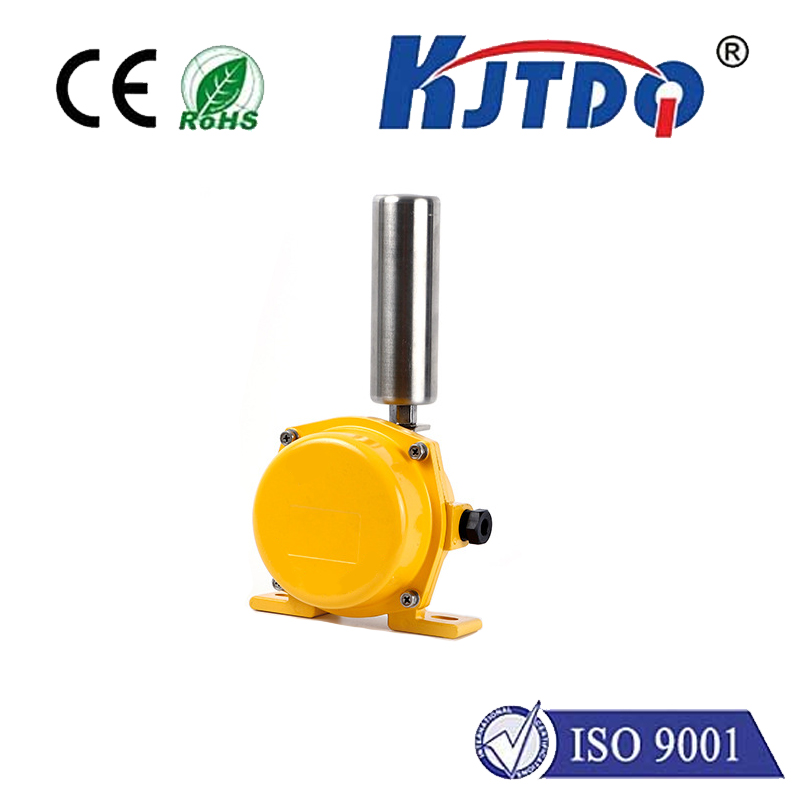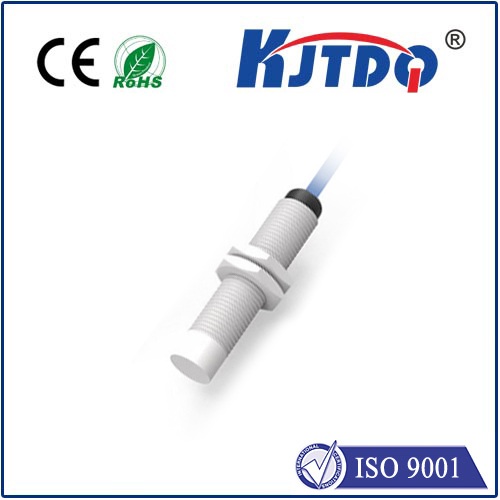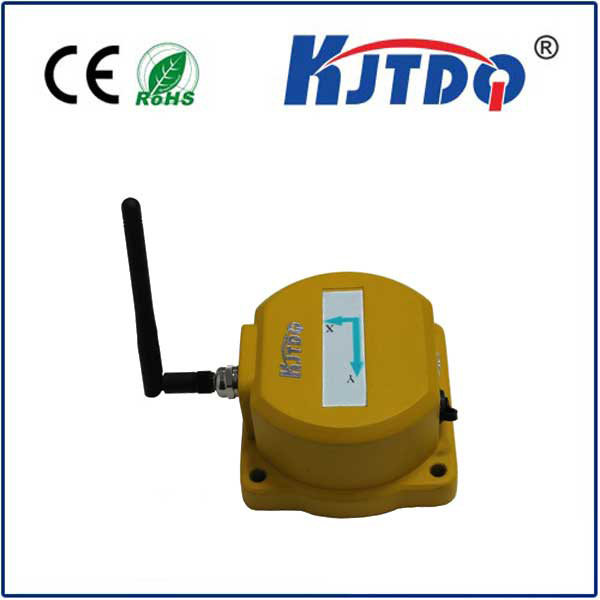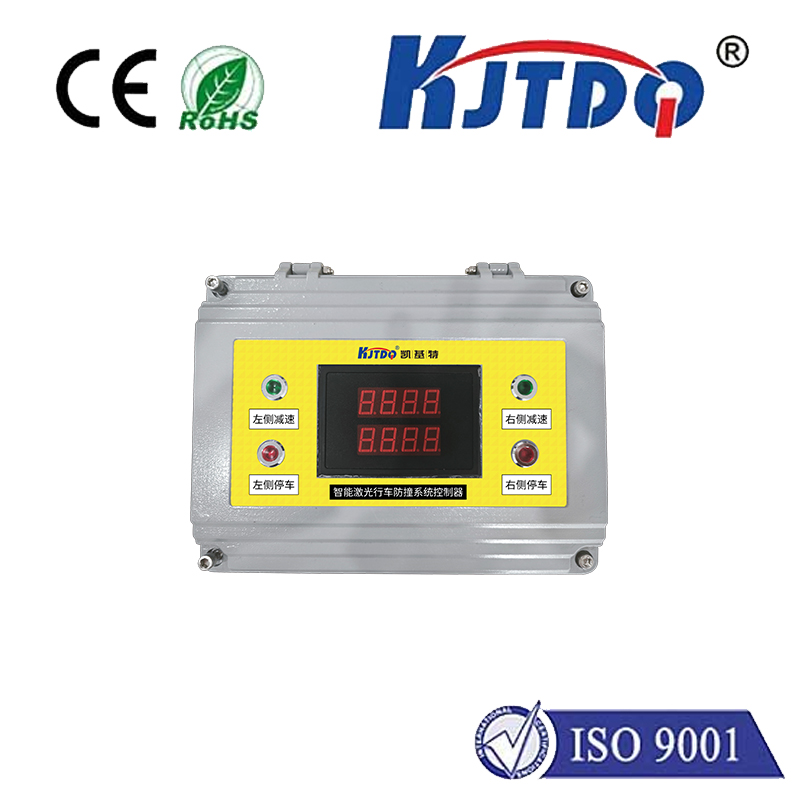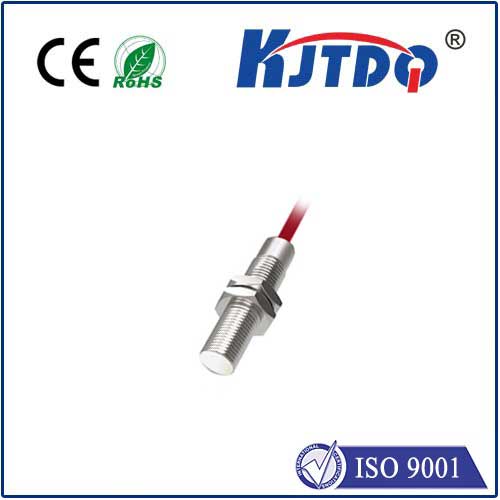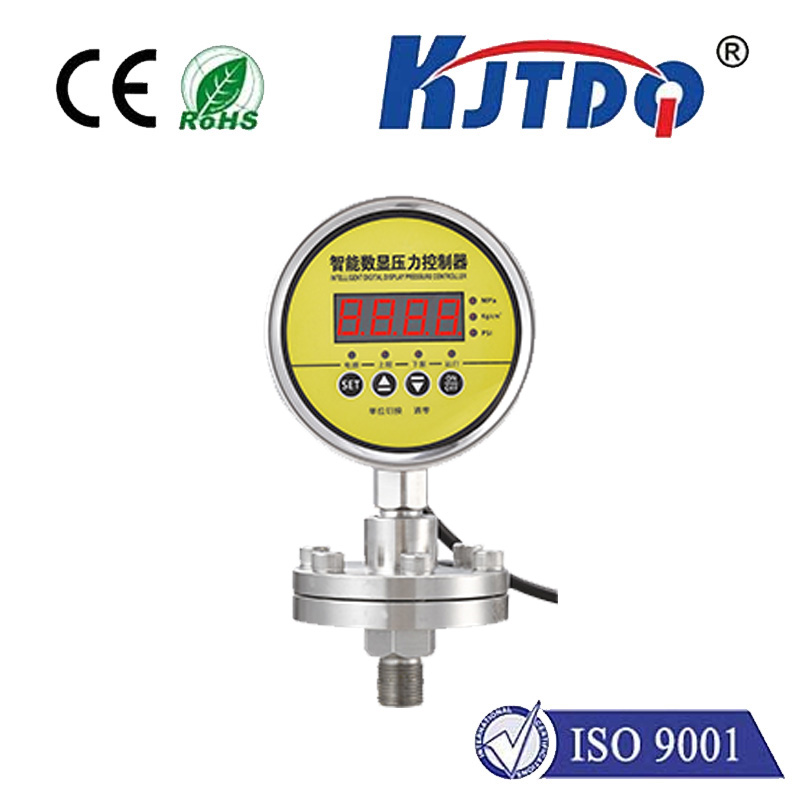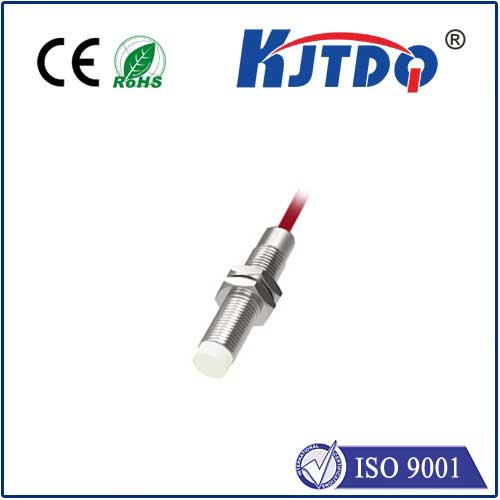fiber bragg grating sensor working principle
- time:2025-08-15 03:54:16
- Click:0
Decoding Light: The Fundamental Working Principle of Fiber Bragg Grating Sensors
Imagine a sensor so slender it’s nearly invisible, woven into the very fabric of a bridge’s structure, embedded within an aircraft wing, or monitoring pressures deep within an oil well. This isn’t science fiction; it’s the reality enabled by Fiber Bragg Grating (FBG) sensors. At the heart of their remarkable capabilities lies an elegant interplay of light and tailored glass, transforming subtle physical changes into clear optical signals. Understanding the working principle of these sensors reveals why they are revolutionizing structural health monitoring, medical devices, and countless other fields.
The Essence: A Microscopic Filter in Glass
An FBG is fundamentally a periodic modulation of the refractive index inscribed directly into the core of a standard optical fiber (typically single-mode). This modulation acts like a series of microscopic, semi-reflective mirrors spaced evenly along a specific segment of the fiber core.
- Creation: The grating is “written” into the fiber using intense ultraviolet laser light. This process permanently alters the glass structure in the exposed regions, creating alternating zones of higher and lower refractive index – the grating period (Λ, Lambda).
- Structure: Think of it as a tiny, built-in wavelength-specific mirror within the fiber itself. This structure gives the FBG its unique filtering characteristic.
The Bragg Condition: The Core Principle
The working principle hinges on a fundamental optical phenomenon described by the Bragg condition. When broadband light (containing a wide spectrum of wavelengths) travels down the fiber and encounters the FBG region, something remarkable happens:

- Propagation & Interaction: As light travels through the grating, a small portion reflects off each successive refractive index modulation plane within the grating structure.
- Constructive Interference: For a specific, narrow band of wavelengths, the reflections from all the periodic planes add up perfectly in phase. This synchronized reinforcement creates a strong reflected signal.
- Destructive Interference: For all other wavelengths, the reflections interfere destructively, effectively canceling each other out. These wavelengths pass through the grating with minimal loss.
- Reflection & Transmission: The result is a narrow spike of high reflection centered at the Bragg Wavelength (λ_B). The rest of the light spectrum is transmitted onward.
The Bragg wavelength (λ_B) is determined by two key parameters of the grating itself:
**λ_B = 2 · n_eff · Λ**
- λ_B: The center wavelength of the reflected band (the Bragg wavelength).
- n_eff: The effective refractive index of the fiber core mode at the grating location.
- Λ (Lambda): The period or pitch of the refractive index modulation (the physical spacing between grating planes).
Sensitivity: Transforming Physics into Light Shifts
The brilliance of the FBG working principle lies in its sensitivity to the environment. Any physical parameter that alters either the grating period (Λ) or the effective refractive index (n_eff) will cause a shift in the Bragg wavelength (λ_B). This spectral shift is the key signal measured by FBG interrogation systems.
The two primary measurands FBGs respond to are strain and temperature:
- Strain Sensitivity (Mechanical Deformation):
- When strain (elongation or compression) is applied axially along the fiber containing the FBG, it physically stretches or compresses the fiber core.
- This directly changes the grating period (Λ).
- Strain also induces a change in the effective refractive index (n_eff) due to the photoelastic effect (change in density and refractive index under stress).
- Result: A measurable shift in the Bragg wavelength (Δλ_B) proportional to the applied strain (ε). The relationship is typically linear:
Δλ_B / λ_B ≈ (1 - p_e) · ε, where p_e is the photoelastic coefficient.
- Temperature Sensitivity (Thermal Changes):
- A change in temperature affects the FBG through two mechanisms:
- Thermal Expansion: Changes the grating period (Λ).
- Thermo-Optic Effect: Changes the effective refractive index (n_eff) of the fiber core material.
- Result: A shift in the Bragg wavelength (Δλ_B) proportional to the temperature change (ΔT). This shift is also generally linear:
Δλ_B / λ_B ≈ (α_Λ + α_n) · ΔT, where α_Λ is the thermal expansion coefficient and α_n is the thermo-optic coefficient.
Interrogation: Reading the Light’s Signature
The working principle dictates that the sensor’s information is encoded in the position of the Bragg wavelength peak. Measuring this shift accurately requires specialized equipment, an FBG interrogator. Its main tasks are:
- Illuminate: Launch broadband light into the fiber containing the FBG(s).
- Detect: Capture the spectrum of the reflected light from the FBG.
- Analyze: Precisely determine the center wavelength (λ_B) of the reflected peak.
- Track: Monitor shifts in λ_B over time relative to a known reference state.
- Calculate: Convert the measured wavelength shift (Δλ_B) into the physical parameter (strain, temperature, etc.) using established sensitivity coefficients.
Common interrogation techniques include tunable lasers with wavelength lockers, broadband sources with spectrometers, and edge-filter methods.
Inherent Advantages Stemming from the Principle
The elegant working principle of FBG sensors bestows several significant advantages over traditional electrical sensors:
- Absolute Wavelength Encoding: The measurement is encoded in the absolute optical wavelength, making the signal immune to intensity fluctuations in the light source or along the fiber path (as long as the peak is detectable). This provides excellent long-term stability.
- Inherent Multiplexing: Multiple FBGs, each written with a different Bragg wavelength (λ_B), can be inscribed along a single optical fiber. An interrogator can distinguish each sensor by its unique reflected wavelength, enabling distributed sensing or dense sensing networks over long distances with minimal cabling.
- Passive Operation: FBGs themselves require no electrical power at the sensing point, enhancing safety in explosive environments and simplifying installation.
- Intrinsic Safety & EMI Immunity: Made entirely of glass and dielectric materials, FBGs are spark-free and completely immune to electromagnetic interference (EMI) and radio frequency interference (RFI), critical for use near high-voltage equipment or motors.
- Minimal Cross-Sensitivity: Proper packaging can isolate the FBG to primarily respond to only strain or temperature, or allow for simultaneous measurement using multiple FBGs with different sensitivities.
From safeguarding colossal infrastructure to enabling minimally invasive medical procedures, the Fiber Bragg Grating sensor working principle exemplifies how manipulating light within a hair-thin strand of glass unlocks unprecedented capabilities for precise, reliable, and versatile sensing across the most demanding environments.












